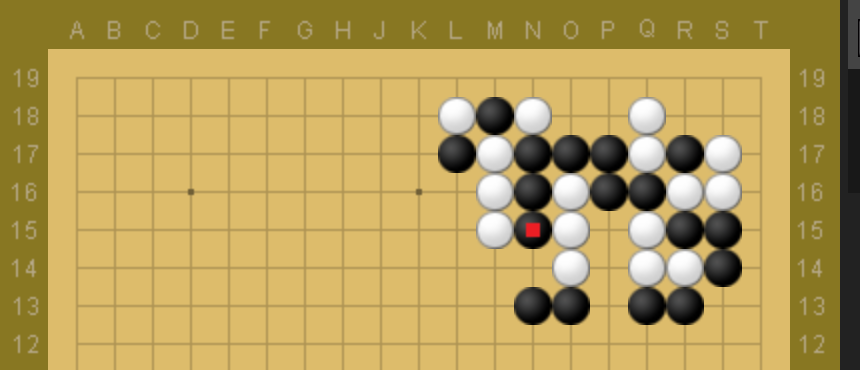The position is described as settled because it is: the white stones are dead and only offer a few ko threats, which should not be played immediately as they do not offer a direct benefit. White has sente and should tenuki.
"Settled" does not mean an even result. "Joseki" entails an even result (locally), but "the sequence is on Josekipedia" does not entail being joseki.
The result is better for Black, as you surmise, but it is not catastrophic at an amateur level. White has a solid corner, an M-wall that is not much inferior to Black's 13-wall, and sente. Keep in mind that long straight walls are already quite strong, and "overkill" strength is not additive - Black's wall along the 13 line doesn't get "extra" influence because it's part of a group that's capturing 7 stones because it would almost certainly be alive anyway. If anything, Black's wall is imperfect in that there are still peeps at P12 and S12 which could be useful depending on the later situation on the right side.
The free AI on OGS, playing the sequence out on an open board, says that White has lost about 6 points this way - it considers the sequence quite even until the first labelled "mistake" in the Josekipedia data. According to the AI, O16, N18 and M15 lose about two points each. O16 can be called a mistake on fundamental principles (it costs one's own liberties in a running fight) but as you can see, the refutation sequence is quite difficult.
As far as I can tell, the reason M15 adds to the loss is that it removes the possibility of playing M14 later, with the idea of rescuing the three O14 stones and letting only the Q14 stones be captured. (Of course, this idea is too small in the opening, and it would lead to further complications that spoil White's influence plan.)
Having played M15, White should definitely not continue with N14. The sequence of moves you propose are indeed the only viable moves after that point - and White loses about another 3 points this way. The only local move that makes sense is instead M14, which makes a clearly stronger shape and does not add a stone to what Black is forced to capture. (On the other hand, both M14 and N14 lose the P12 aji - admittedly this is not very much aji.)

